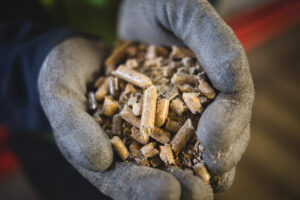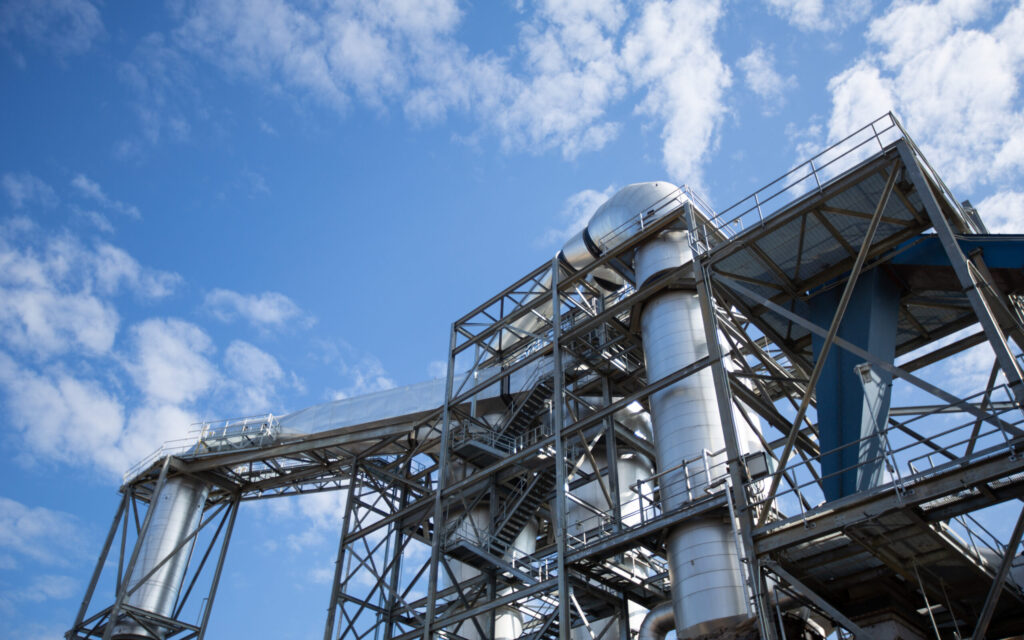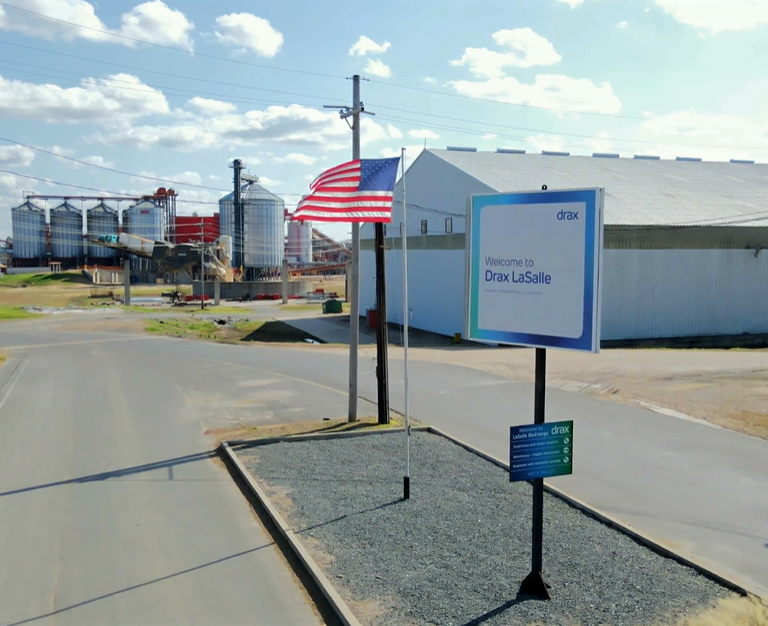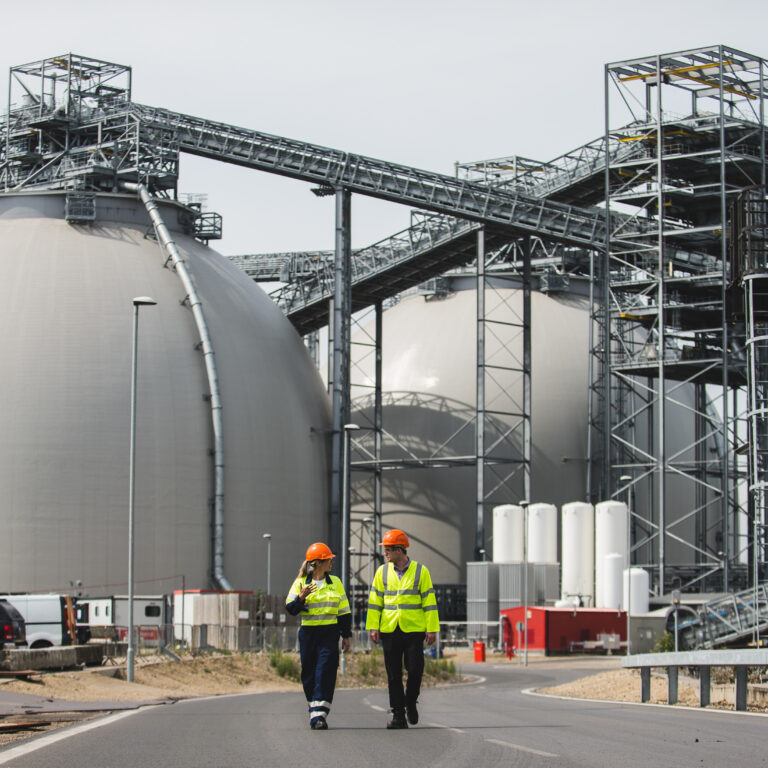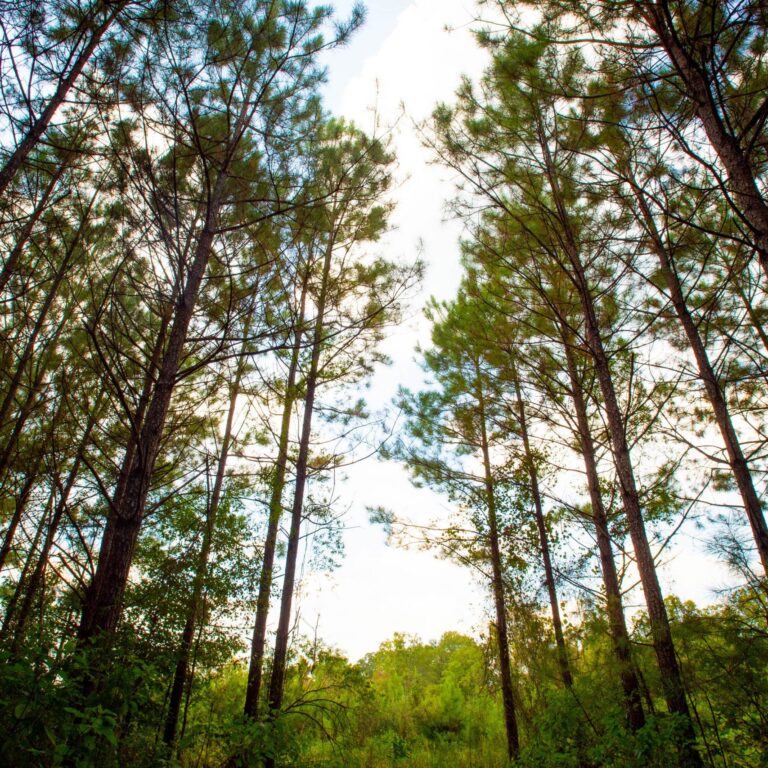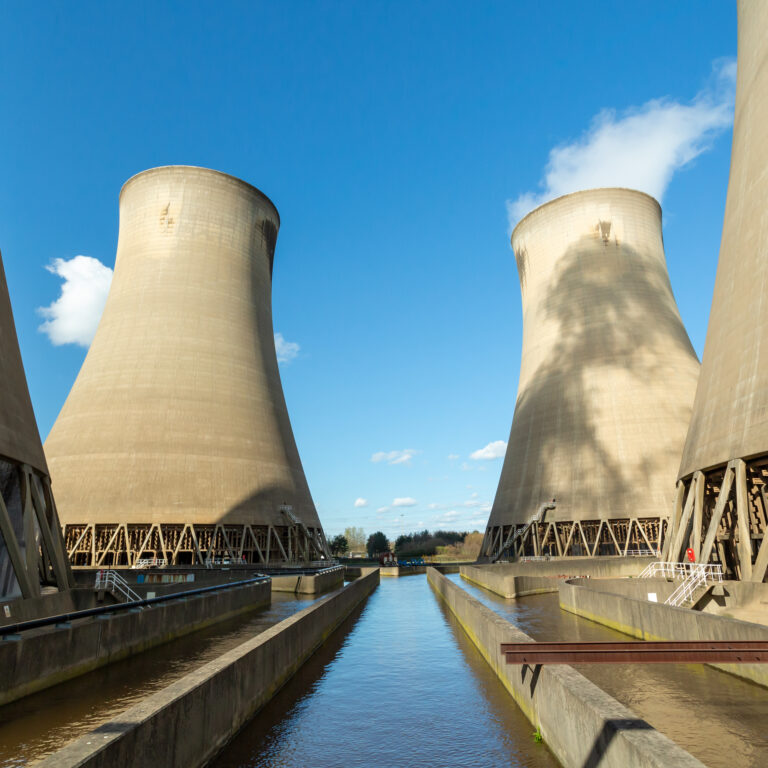By Raj Swaminathan, Senior Vice President, North American Projects
This week, those of us who live in the United States will celebrate Independence Day. It’s a holiday where we carve out time to reflect on the freedoms we’re able to enjoy and, for many, it can also be a day where we contemplate the freedoms we’re still actively pursuing for the future.
After more than 25 years of working in the energy industry it’s possible I could be a little biased, but I firmly believe one of our nation’s most important pursuits is energy independence. When we hear the term “energy independence”, many of us think of having enough energy supply to avoid relying on other countries for imports – but there’s another key ingredient in energy independence that’s just as important: energy reliability.
As storms and temperature swings become more severe due to climate change, the power grid needs greater resilience to handle the strain from above average air conditioner or heater usage. When the stress becomes too great the grid can drop, leading to dangerous or even life-threatening situations for those left exposed to the extreme weather.
At the same time, demand for power is soaring, and a growing percentage of our power is being generated from intermittent renewables like wind and solar that can’t be turned up on demand to offset additional strain.
Bioenergy with carbon capture and storage (BECCS) is one of the only renewable technologies that can diversify our nation’s energy portfolio, provide stable baseload power, and contribute to US energy independence – all while removing carbon from the atmosphere.
Diversifying our nation’s energy portfolio with BECCS
In the winter of 2021, Texas experienced an unusually bitter cold snap. At that time, approximately 42 percent of the state’s power was generated from natural gas, and more than half of the supply was impacted by weather-related conditions including power outages and frozen equipment. Overall, the natural disaster caused 4.5 million homes to lose power, 57 people lost their lives, and over $195 billion in property damage occurred.
Just like a diversified stock portfolio helps reduce an investor’s risk, a diversified energy portfolio helps reduce the risks from a specific energy source failing. Sustainable biomass, the fuel underpinning BECCS, is a unique source of renewable energy that further defends power grids against the supply and production issues that can become points of failure with less diversified energy mixes.
BECCS anchors intermittent energy sources
Historically, when unusually high demand strained the grid, power stations could use more fossil fuels to temporarily generate more energy. As these legacy fuel sources continue to get phased down to minimize emissions, intermittent alternatives like wind and solar are playing a larger role in America’s energy mix.
Because sunshine and wind can’t be dialed up on demand, this can become problematic when extreme weather sets in and power demand spikes. Powered by sustainable biomass, BECCS offers a unique source of renewable power that can be ramped up around the clock, seven days per week. Because of this, BECCS can serve as the backbone of renewable power grids – a role that fossil fuels often fill today.
BECCS will contribute to US energy independence
As evidenced in the fallout from the Russian invasion of Ukraine, relying on other nations to help supply our energy opens our country to geopolitical risks.
Not only will BECCS help to diversify power grids, but it will also contribute more power to the grid at a time when experts have warned a massive energy crunch is quickly approaching. As modern technologies like AI and blockchain continue to progress toward mainstream adoption, the datacenters underpinning them could see energy consumption double by 2030. Without exponentially more power generation, this translates to a shrinking buffer for grid strain before blackouts start to happen, while at the same time climate change is causing the frequency and scale of extreme weather – and related high energy usage – to worsen.
Drax’s US BECCS facilities will also be built in regions where they can source biomass locally. This not only makes those facilities more sustainable by reducing transportation emissions, but it also means they will be producing renewable fuel domestically. This production can be ramped up when needed, and sustainable biomass stores can be held in reserve for emergencies.
While it will take a number of solutions to meet America’s projected energy needs, Drax’s planned BECCS facilities in the US will contribute to both the energy supply and diversification needed to help our country achieve an independent and more reliable energy future. And it will do so while permanently removing legacy CO2 emissions.
I hope everyone in the US has a safe and meaningful Independence Day.
To learn more about BECCS by Drax, visit www.draxcarbonremovals.com/beccs-technology

